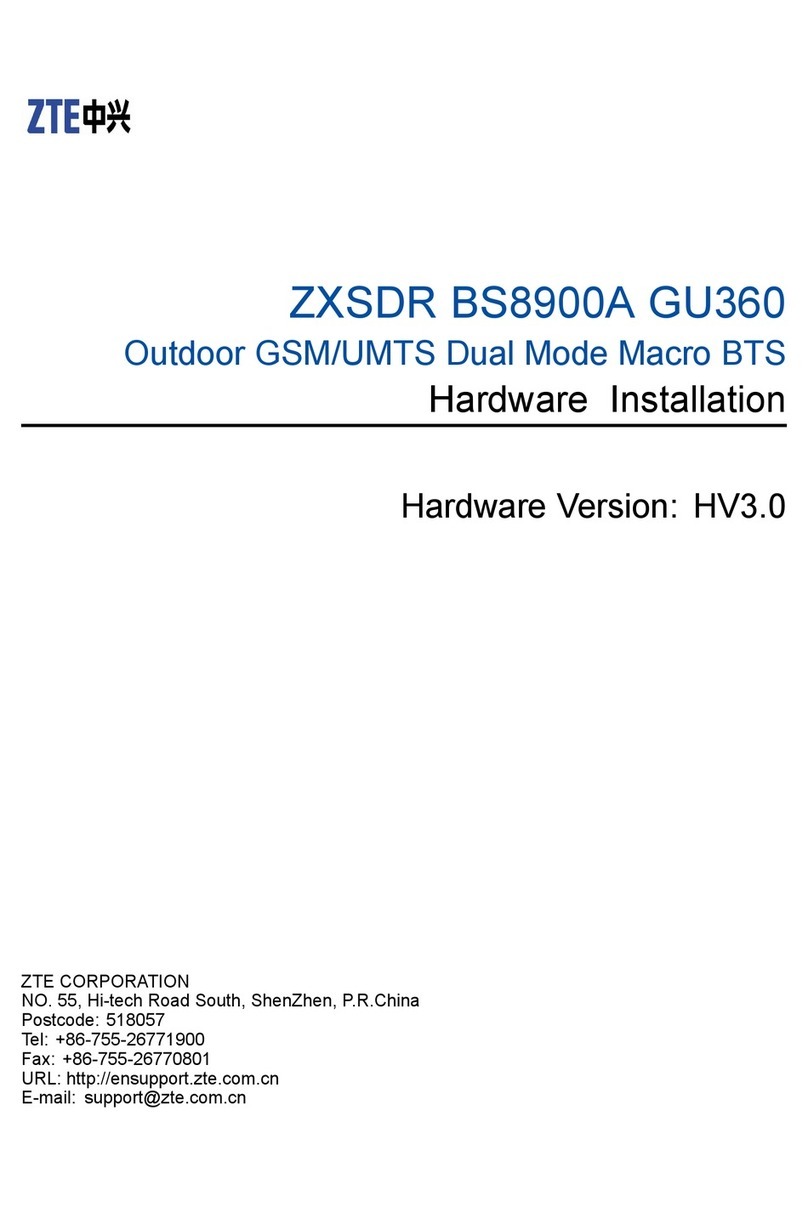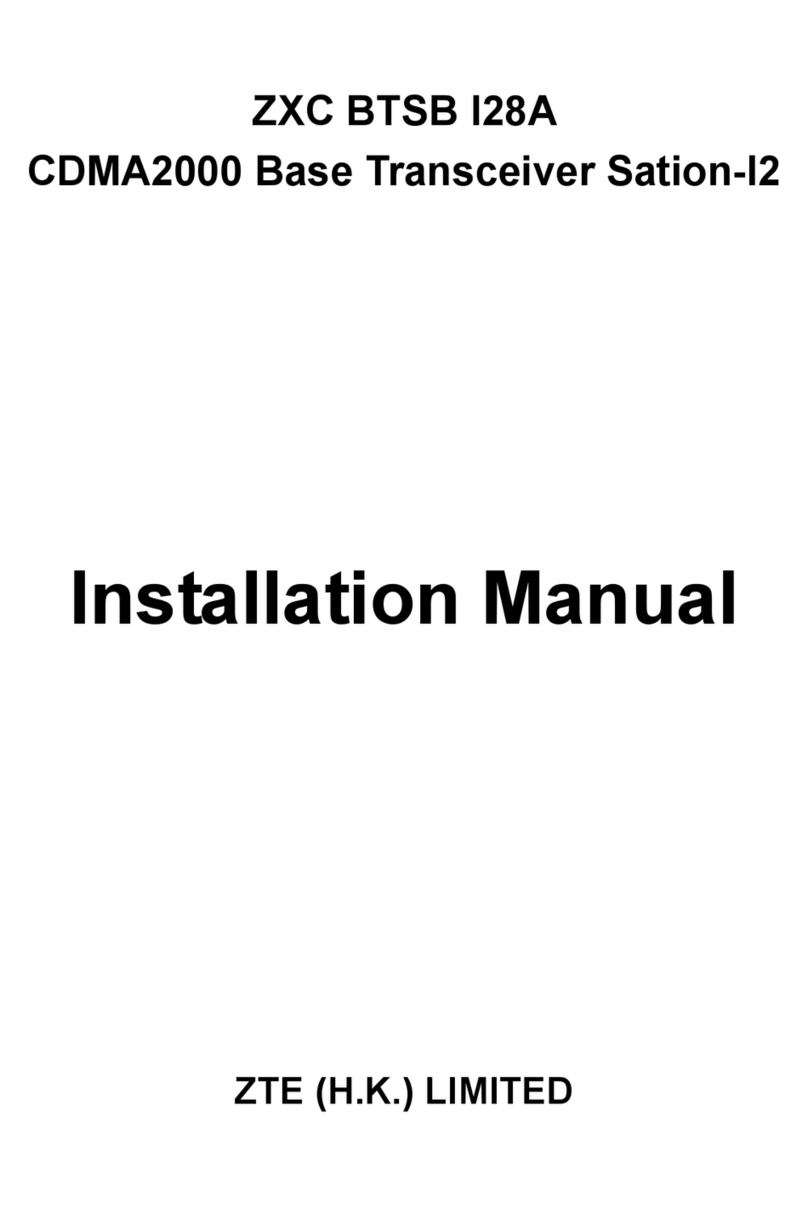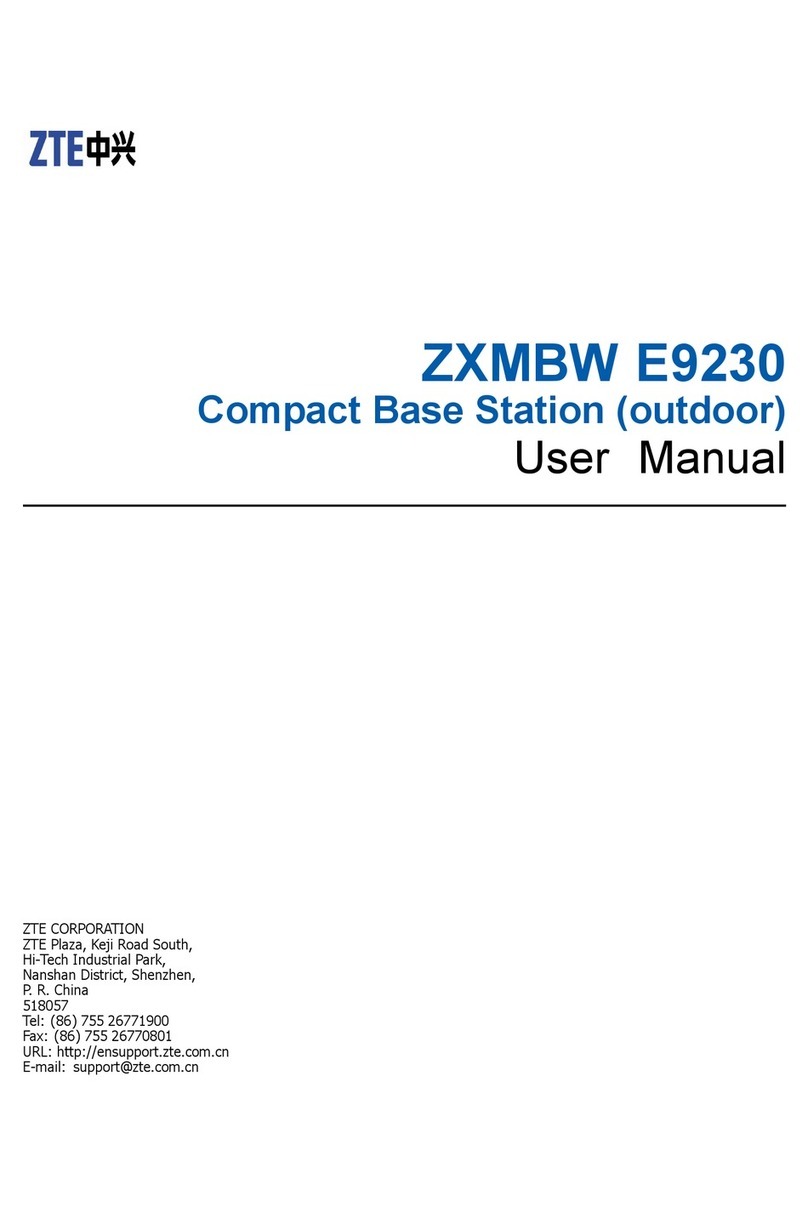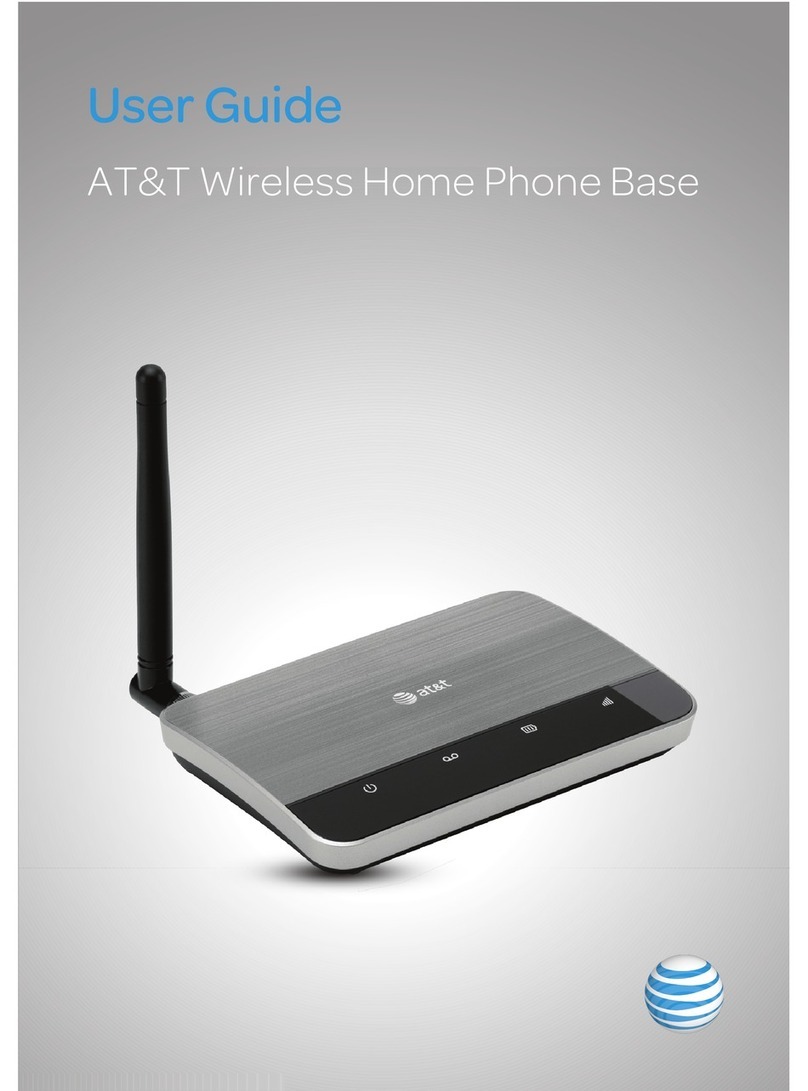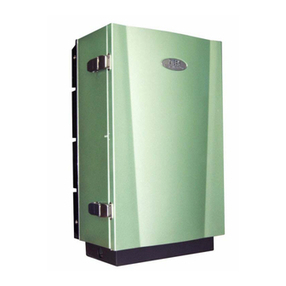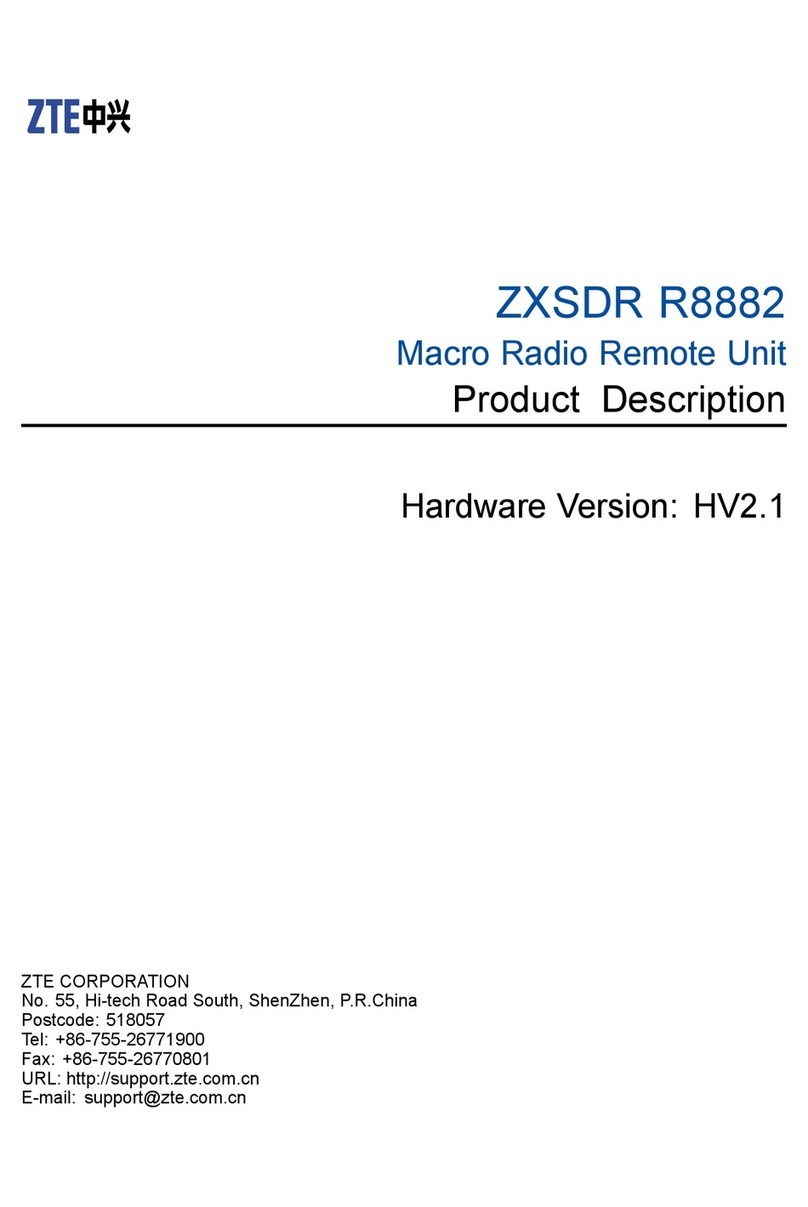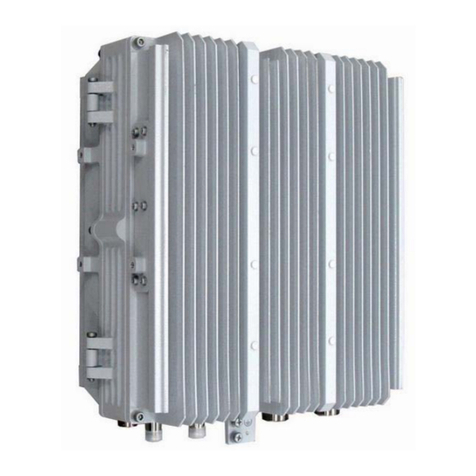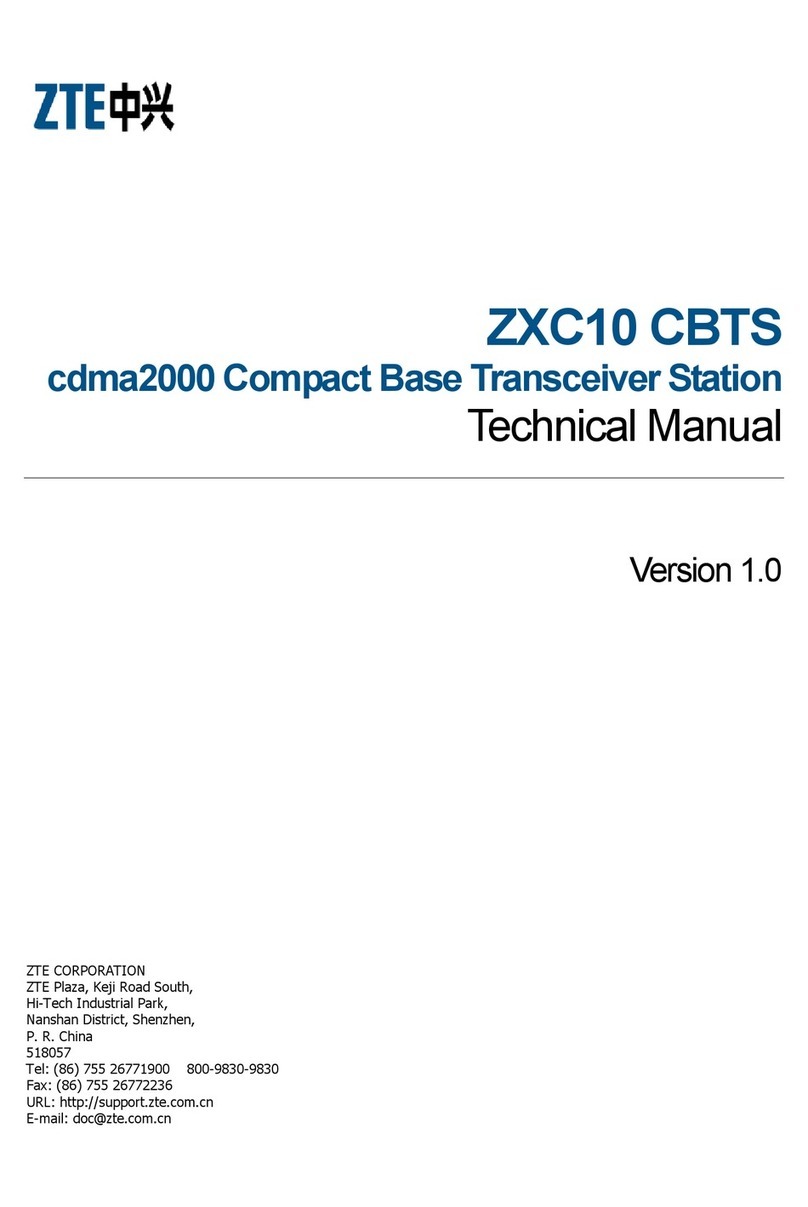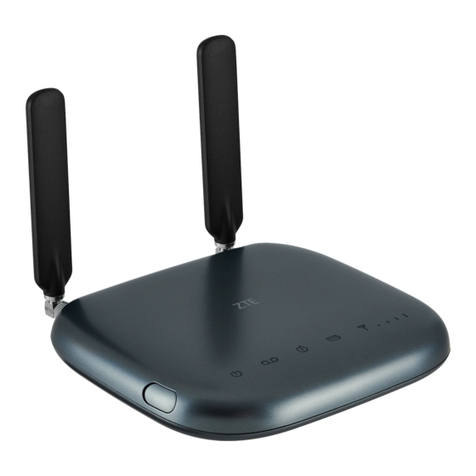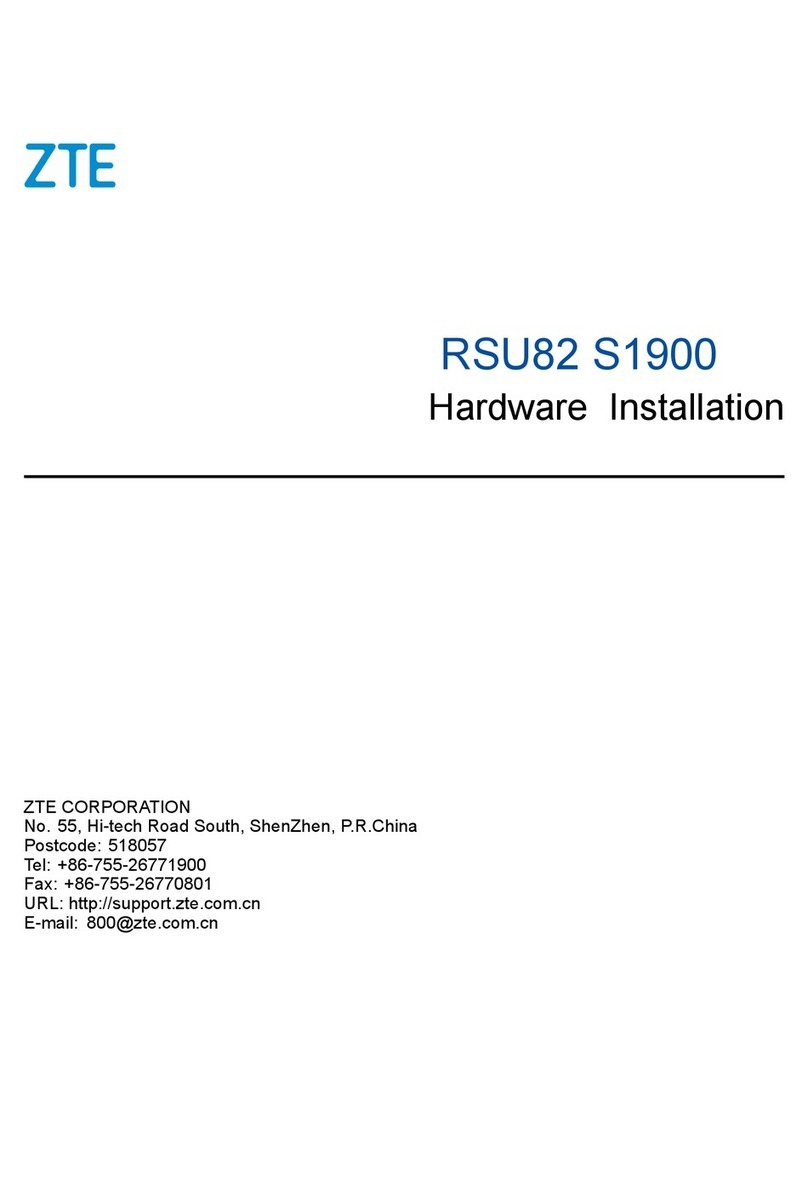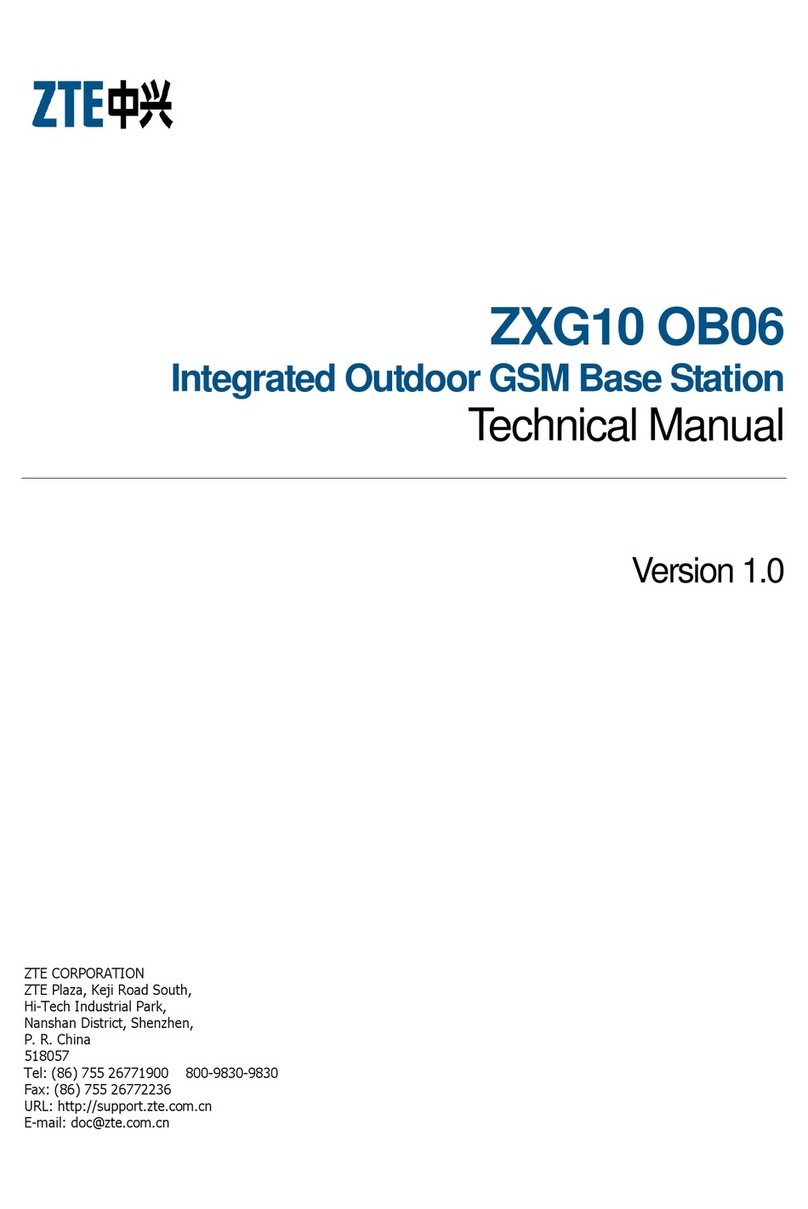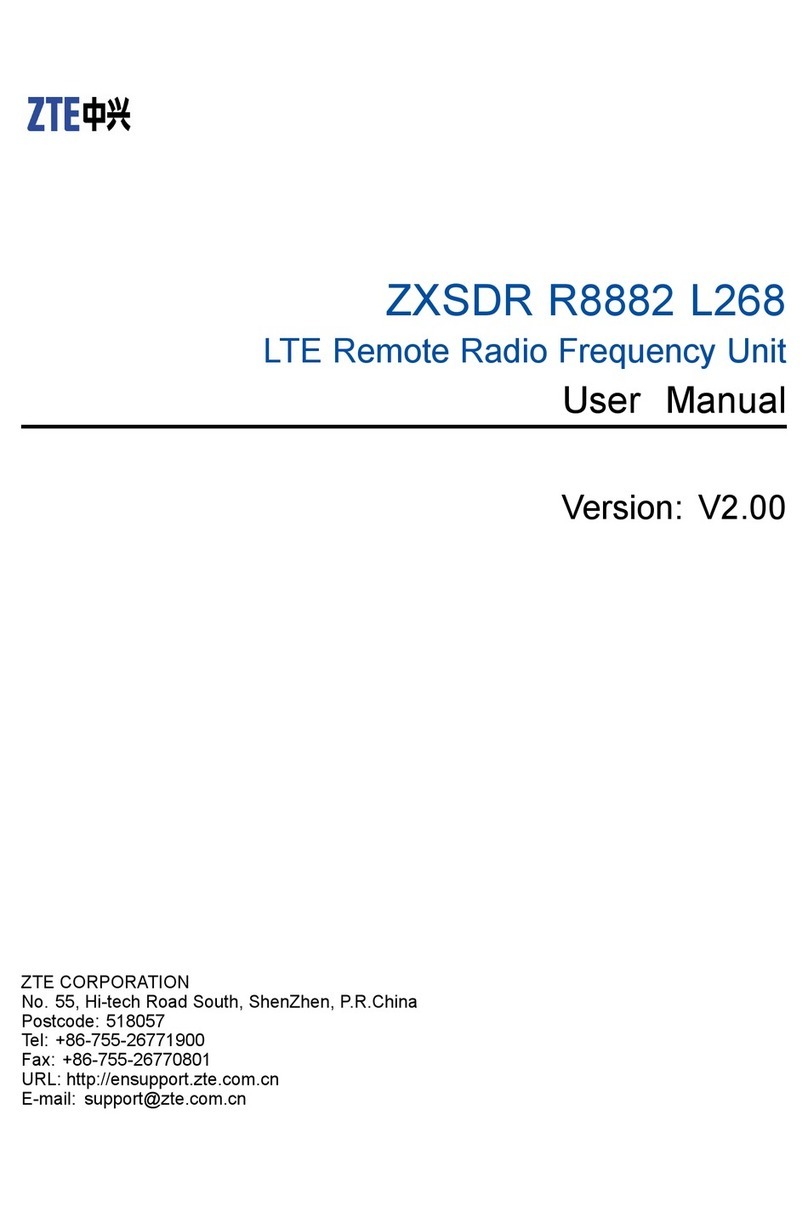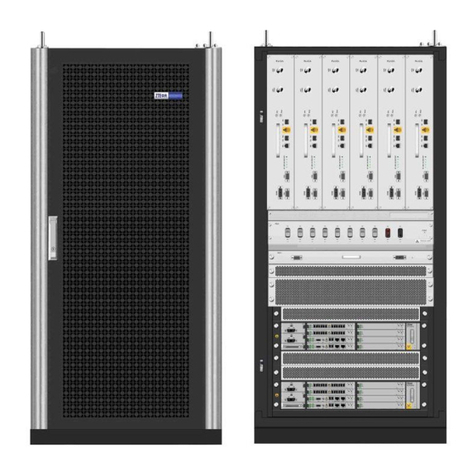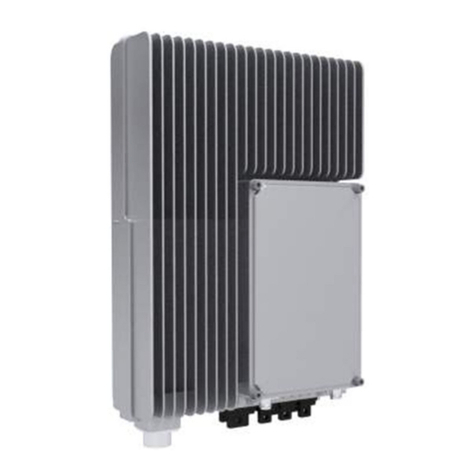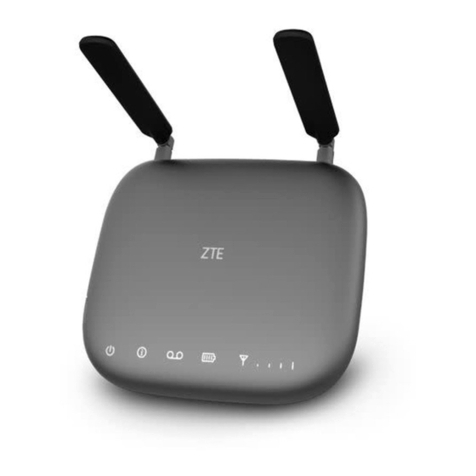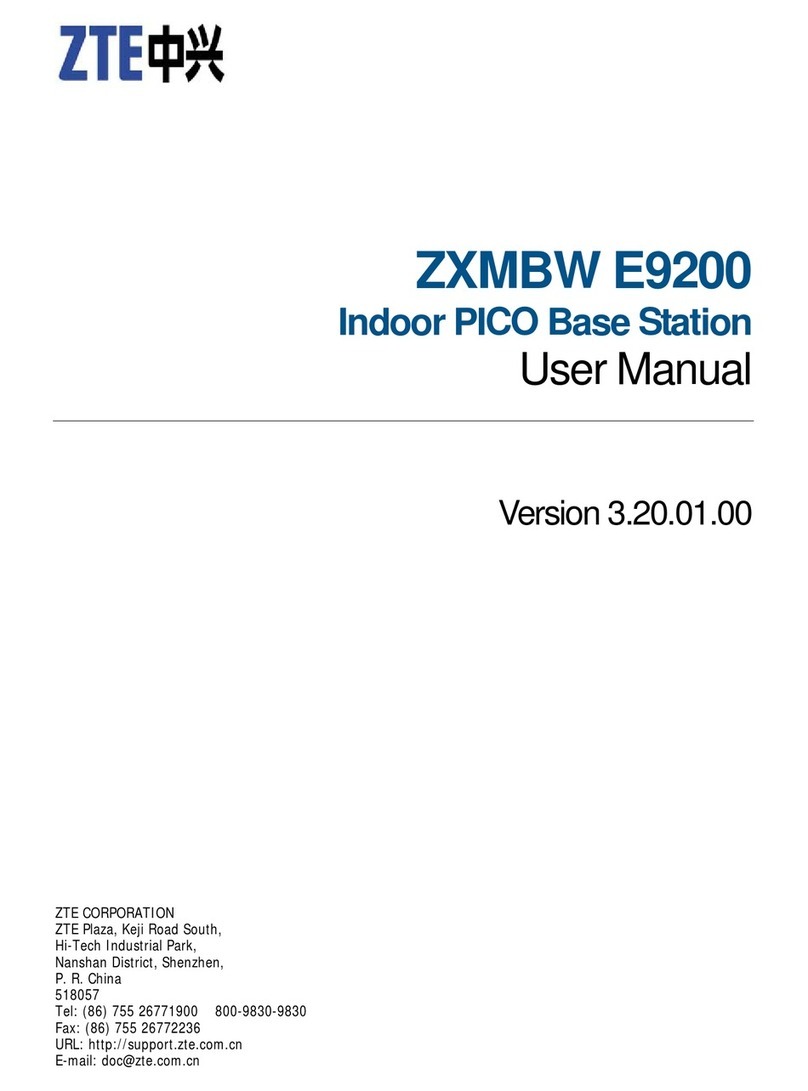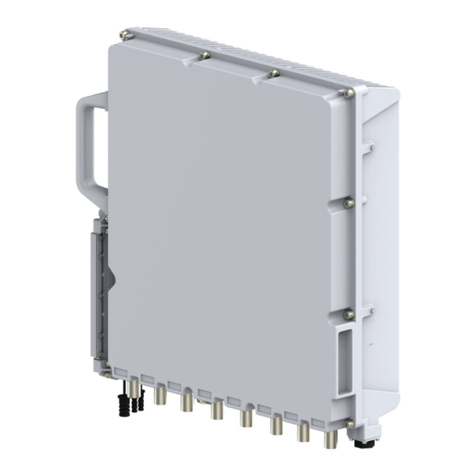Checking E1 Interfaces ..........................................................................................................75
Checking Antenna Feeder Interfaces ...................................................................................... 76
Checking Whether Lightning Protection Arrester is in Good Condition ....................................... 76
Checking whether Grounding Cable is Reliable ........................................................................78
Grounding Resistance Test..................................................................................................... 78
Checking Running Status of Transmission Equipment.............................................................. 79
Checking Running Status of UPS ............................................................................................ 79
Chapter 4......................................................................................81
Notification and Handling ....................................................................... 81
Summary of Notification Information...................................................................... 82
No Traffic Notification in BS Cell ............................................................................. 82
Chapter 5......................................................................................85
Alarms and Handling............................................................................... 85
Summary of Alarms.............................................................................................. 86
CMM Alarms......................................................................................................... 90
CMM Power Failure ................................................................................................................90
LAPD Long-Time Link Disconnection ....................................................................................... 91
CMM's FLASH Programming Failure ........................................................................................ 92
HW Long Time Link Disconnection.......................................................................................... 92
Power Over/Under-Voltage Alarms ......................................................................................... 93
Clock Exceptions (13M, FCLK, SYNCLK).................................................................................. 93
Software Accumulative Frame Number Inconsistent with Hardware Accumulative Frame Number
............................................................................................................................................94
Alarms of Communication Link to Main Rack........................................................................... 95
Alarm with Communication Link between Master Rack and Left/Right Slave Rack.....................95
E1 Carrier Wave Receiving Alarm (A, D and E interfaces) ........................................................ 96
Out-of-Frame Alarm at Receiving End of E1 interfaces (A, D and E interfaces).......................... 97
Forward Slip Code Indication at Transmitting End of E1 Interfaces (A, D and E interfaces) ........ 97
Backward Slip Code Indication at Transmitting End of E1 Interfaces (A, D and E Interfaces) .....98
Forward Slip Code Indication at Receiving End of E1 Interfaces (A, D and E Interfaces) ............99
Backward Slip Code Indication at Receiving End of E1 Interfaces (A, D and E Interfaces) ........ 100
ETRM Alarm ....................................................................................................... 101
Dry Contact Alarm............................................................................................................... 101
LNA (Low Noise Amplifier) Alarm.......................................................................................... 102
Power Alarm for Tower Mounted Amplifier ............................................................................ 102
AEM SWR Minor Alarm ........................................................................................................ 103
AEM SWR Major Alarm ........................................................................................................ 103
AEM Power Alarm ................................................................................................................ 104
AEM Type Alarm.................................................................................................................. 104
AEM Not-in-Position Alarm ................................................................................................... 105
TPU’s CHP DSP0 Initialization Failure .................................................................................... 105
